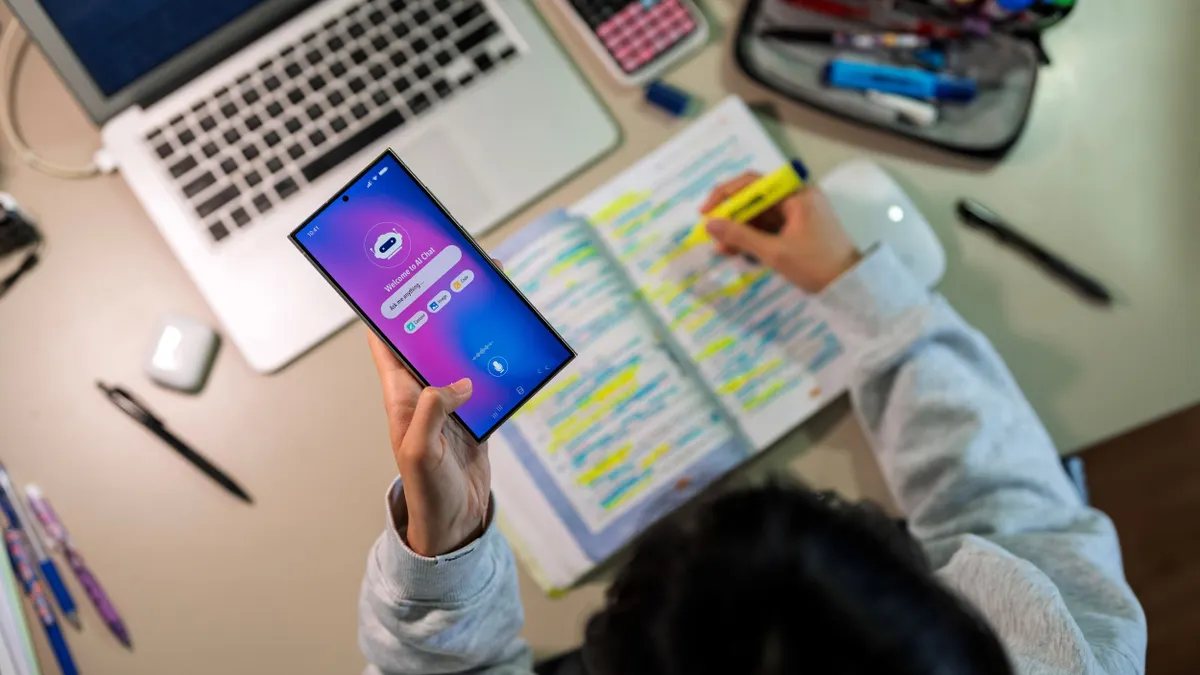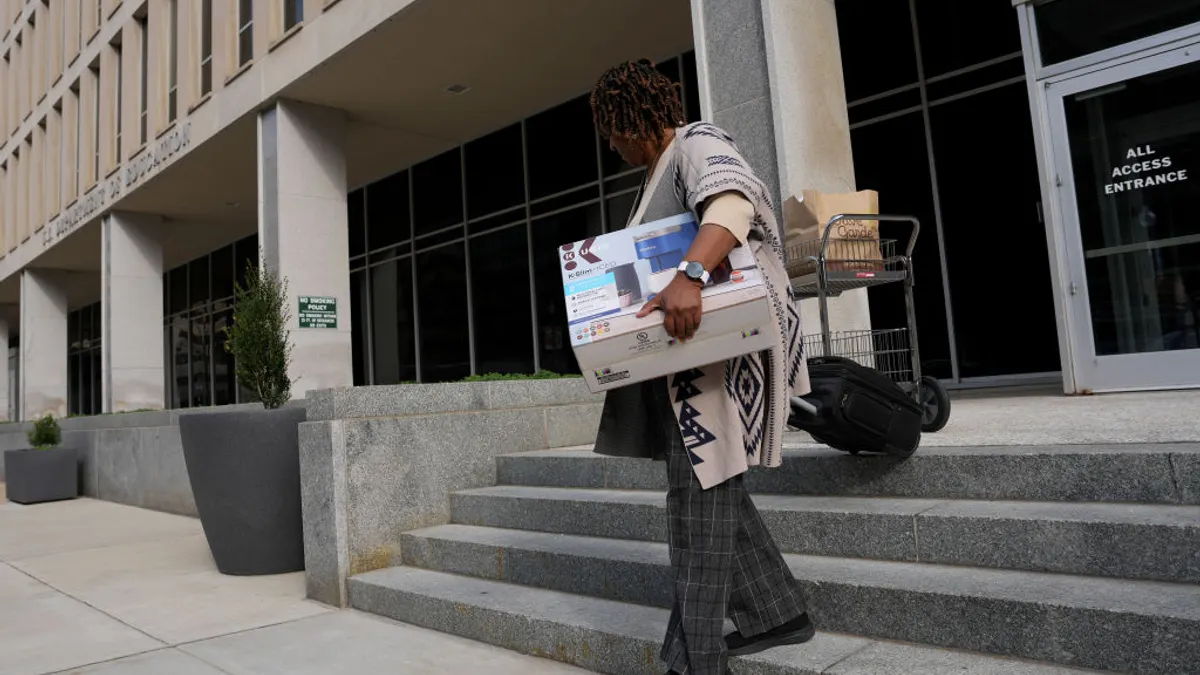Professional development for teachers has come a long way since I began my career.
I remember sitting in district- and state-mandated seminars that felt disconnected from my teaching style, my challenges and my classroom. These teacher training courses, which were intended to grow our capabilities, lacked direction in advancing our effectiveness with student success. At times, some teachers felt it was a “cattle call” approach to professional development. The “what” and the “how” of our learning had a systemized feel with limited input from teachers themselves.
Fortunately, our focus on how to develop teachers has evolved. Personalized learning for students has long been a priority, and now, many school districts across the country are exploring more personalized approaches to professional learning for teachers.
Lincoln Public Schools adopted this approach early, offering our K-12 teachers a customized way to learn and advance their skillsets. By collaborating with our teachers, listening to their feedback and focusing on innovation, we’ve successfully created professional development plans that lead to improved classroom instruction and greater student achievement.
Get teacher buy-in and come up with creative solutions
Ask your teachers: What type of information would help you do your job better? Teacher feedback is critical to establishing transparent, trusting relationships and uniting teacher learning and teacher leadership. According to a recent study from Learning Forward, nearly 20% of teachers say they don’t have any input in their professional development decisions. Without teacher input, school districts run the risk of investing time and money in ineffective professional development programs that fail to engage teachers.
At Lincoln Public Schools, we’ve really worked to improve how we gather teacher feedback. We formed a collaborative partnership with our education association, the Lincoln Education Teacher Union, which allows us insight into what teachers think with regard to learning resources and opportunities for continuous learning and development. If someone is saying, “I don’t need this,” or “this doesn’t apply to me,” we partner with them to deliver an action plan. The plan includes comprehensive instructional practices centered on a framework of proven success for all teachers.
Take direction from data
In addition to getting feedback from teachers, we monitor their performance data regularly to get a clear picture of specific areas they could further develop.
Technology plays a significant role in how we manage and analyze our teacher appraisals. We use performance evaluation and professional learning management systems from TalentEd to evaluate if teachers are meeting their proficiency levels, for example. Based on the data collected, we can identify targeted professional development programs for their areas of weakness. Using the system, we can then monitor change and work with teachers to make any additional improvements.
This data also helps school supervisors enhance goal setting with teachers. Our HR team trains school administrators to use appraisal data when they work with teachers on goal writing. As a collaborative model, teacher goals target the development needs identified by the teacher. This type of evidence-based, goal-oriented approach to growth leads to stronger engagement and greater teacher retention.
Everyone’s performance matters
The more we empower our teachers and equip them with the information they need to enhance their abilities, the more students will benefit. Of course, educator learning is just one of many facets that helps us build momentum toward ongoing educational improvement, but it’s an important one.
Research from the Regional Educational Laboratory indicates that teachers who receive substantial professional development can boost their students’ achievement by about 21%. By focusing on professional development at the individual level, we empower teachers to highlight their strengths and address any opportunities for improvement while measurably boosting student performance.
Another result is momentum building — as teachers see the impact their new skills have on students, they become more engaged and motivated in their work, and more invested in pursuing future professional development opportunities. This increased commitment and positive energy can be contagious to peer faculty and students, causing an uplift in performance for all.
While professional development will continue to evolve, those that invest in a personalized approach to teacher learning can expect to see the best results. Now is the time to sunset group think and shine the light on personalization.
Dr. Nicole Regan is supervisor of secondary personnel services for Lincoln Public Schools in Nebraska.



















